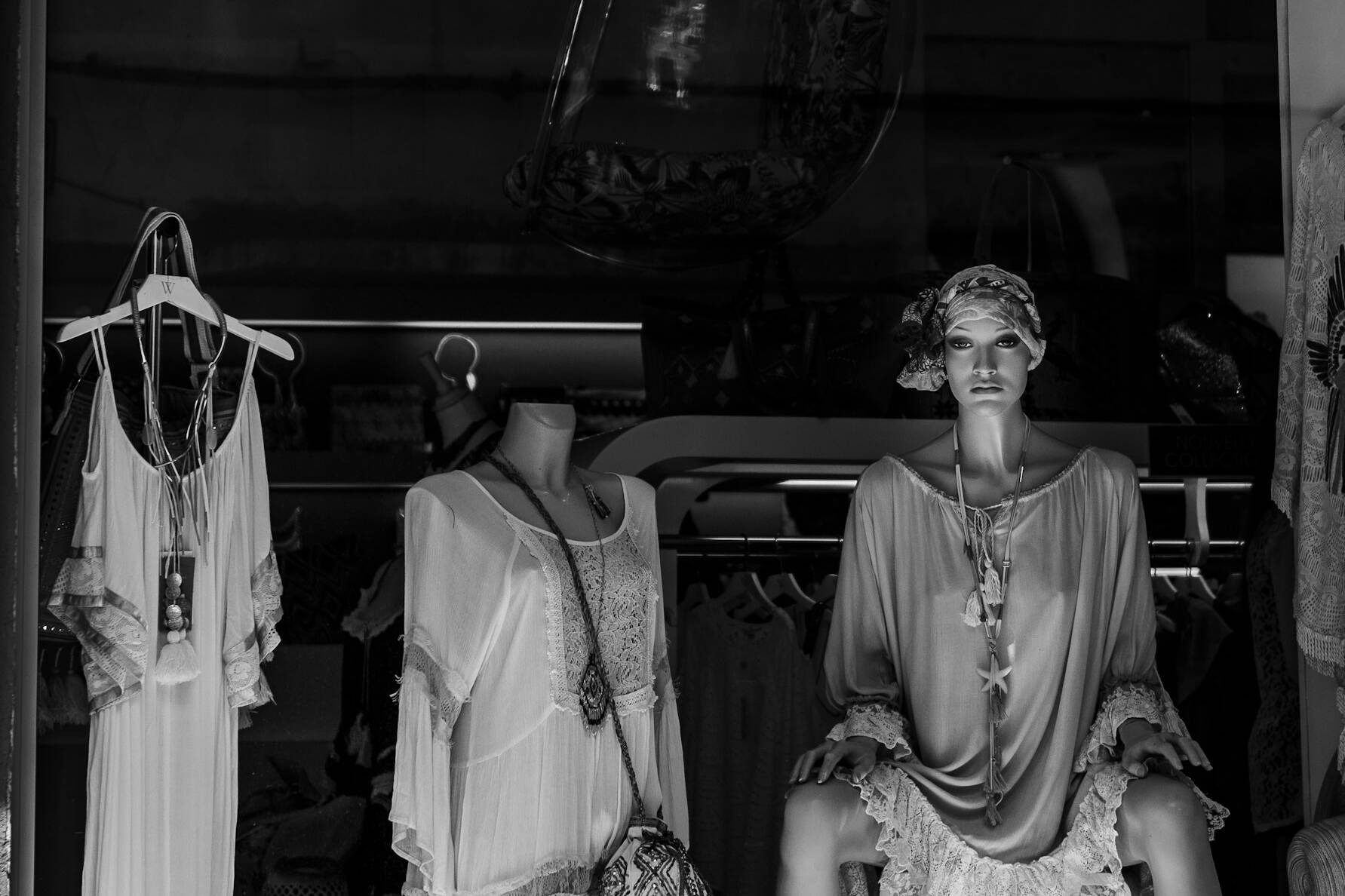In the ever-evolving landscape of global fashion, a quiet revolution has been taking place—one that’s shifting the spotlight from mass-produced fast fashion giants to independent, curated boutique brands. Powered by digital innovation, changing consumer values, and a hunger for authenticity, boutique fashion is rising rapidly in the digital era, becoming a movement rather than just a market niche.
From Brick-and-Mortar to Click-and-Scroll
Traditionally, boutique fashion was confined to quaint city streets, artisan clusters, and exclusive walk-in stores. These stores thrived on craftsmanship, unique collections, and personalized service. However, with the rise of digital platforms—particularly Instagram, Pinterest, Shopify, and now TikTok—boutiques no longer need a physical storefront to make a global impact. Social commerce has allowed even the smallest labels to reach an international audience, breaking geographical barriers and reshaping what boutique fashion means today.
Why Consumers Are Turning to Boutique Brands
The global fashion consumer has evolved. Today’s shopper is not just seeking clothing—they’re looking for meaning, story, and substance. Boutique fashion offers a refreshing contrast to fast fashion’s high-volume, low-cost model. It emphasizes quality over quantity, story over scale, and sustainability over speed.
Boutique brands often center around:
-
Ethical production practices
-
Limited edition or made-to-order designs
-
Cultural authenticity or handcrafted processes
-
Personal customer engagement
These factors make boutique labels feel more like communities than companies—something mass-market retailers struggle to replicate.
The Power of Personalization and Storytelling
One of the most powerful assets of digital-era boutique fashion is personal storytelling. Through social media and well-designed websites, boutique founders share their journeys, inspirations, behind-the-scenes processes, and even customer spotlights. This transparency humanizes the brand, making it relatable and trustworthy.
Many boutique brands also offer customization options, something that larger brands can rarely afford to scale. Whether it’s personalized sizing, embroidery, or color preferences, these offerings resonate deeply with Gen Z and Millennials who value individuality.
Technology as the Great Equalizer
The digital boom has leveled the playing field for small fashion businesses. Affordable tools like e-commerce platforms (e.g., Shopify, Wix), marketing automation (like Mailchimp or Klaviyo), and data analytics have empowered boutique founders to operate like mini-enterprises.
In addition, virtual fitting rooms, AI chatbots, and 3D fashion previews now enhance user experience without needing a vast tech team. Even global shipping and inventory management have been simplified with third-party logistics (3PLs), making it easier than ever for small boutique labels to serve a global customer base.
Sustainability as a Core Value
In response to fashion’s heavy carbon footprint, boutique labels are leading the way in eco-conscious practices. From plant-based dyes to upcycled fabrics and zero-waste packaging, these brands are innovating without sacrificing design.
Digital transparency tools—like QR codes that trace a garment’s lifecycle or blockchain-verified supply chains—are now being embraced to build consumer trust. In fact, younger customers actively research whether a brand aligns with their values before making a purchase—and boutique fashion wins here by a landslide.

Influencer Culture and the Micro-Community Effect
Unlike fast fashion, which relies heavily on celebrity and macro-influencers, boutique fashion thrives on micro-influencers and community collaborations. Fashion bloggers, niche creators, and even local stylists can bring in loyal traffic and act as ambassadors for the brand. This creates a sense of inclusivity and authenticity that big fashion lacks.
Furthermore, digital-era boutique brands often engage with customers directly via Instagram Stories, live Q&As, or feedback polls, which cultivates a loyal and interactive customer base.
Challenges Boutique Brands Still Face
Despite the digital boom, boutique fashion isn’t without challenges. High production costs, limited marketing budgets, and difficulty in scaling remain significant obstacles. Competing with the deep discounts and massive advertising budgets of fast fashion giants also poses a daily struggle.
Yet, in an age where slow fashion is gaining momentum, these very limitations often become strengths. Scarcity increases perceived value, and personal engagement enhances customer loyalty.
Global Examples of Boutique Success
Across continents, boutique brands are carving global reputations. From Nanushka in Hungary to Mara Hoffman in the U.S., or House of Sunny in the UK to Ritika Sachdeva in India, these designers show that with a clear brand voice, digital reach, and a sustainability-first mindset, boutique labels can compete on an international scale.
Southeast Asia, Africa, and Latin America are also emerging as hotbeds of boutique fashion talent, with digital tools helping local creators take their heritage-infused designs to the world stage.
What the Future Looks Like
As AI, AR, and immersive technologies continue to evolve, boutique fashion will likely lead the way in personalized shopping experiences. Imagine custom pieces generated by AI based on your style history or virtual trunk shows hosted on metaverse platforms. The blend of heritage craftsmanship with digital creativity will define boutique fashion in the years ahead.
Moreover, community commerce will become even more prominent—where shopping is not a transaction but a shared experience. Social-first boutique brands that integrate customer voices, content, and storytelling into their marketing will continue to thrive.
Related Posts
May 6, 2025
Your Body, Your Fit: A Guide to Dressing for Every Shape
Fashion is more than just clothes on a hanger. It’s self-expression,…
March 22, 2022
Style Forecast 2025: Top Fashion Trends to Watch
As we step into 2025, fashion is poised for an exciting transformation. The…


